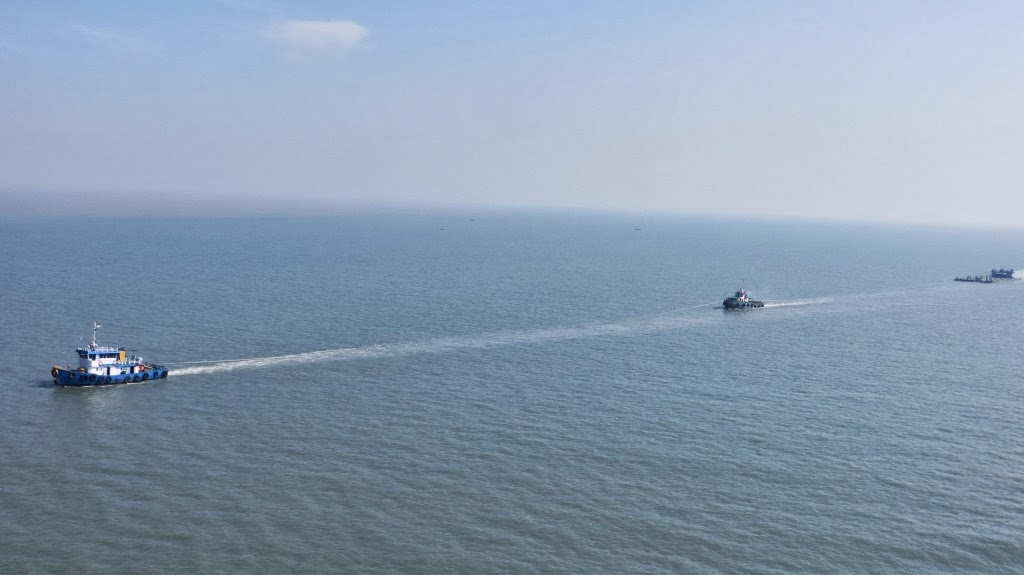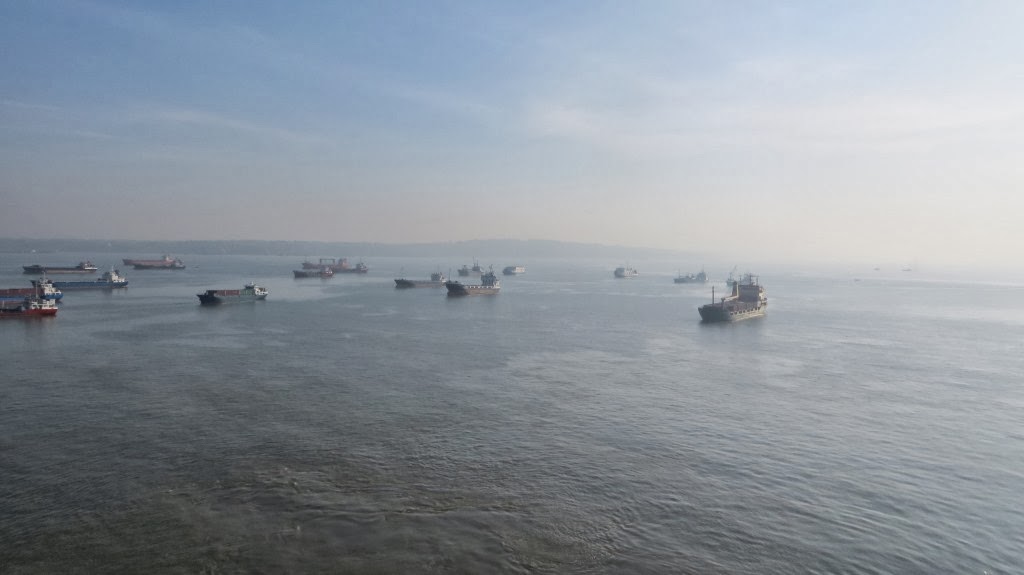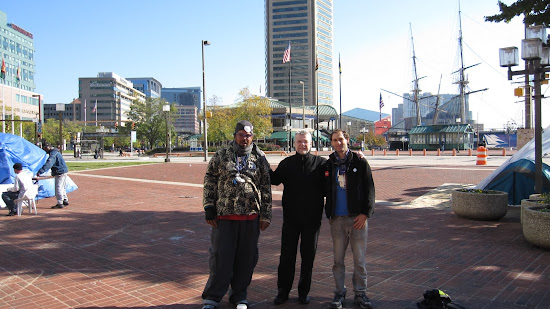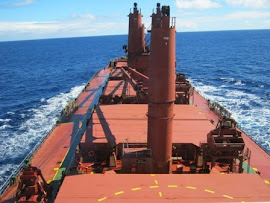General Description
Indonesia consists of the islands of Sumatera, Jawa, Madura, Kalimantan (Southern and Eastern part of Borneo, Sulawesi, Maluku, Papua (Western part of New Guinea), Nusa Tengarra (Lesser Sunda Islands) comprising the Eastern islands between Bali and Timor, and some 3.000 smaller islands and islets. Situated between 06-00.00N and 11-00.00S and between 95-00.00E 141-00.00E, the republic covers a total area of 1.904.569 sq. km (735.358 sq miles).
National Limits
Territorial sea: 12 miles.
Contiguous zone: 24 miles.
Exclusive economic zone: 200 miles.
Indonesia has acceded to the UN Convention of the Law to the Sea, which came in force on the 16th November 1994; this country also claims archipelago status.
History
Knowledge of the first Indonesian kingdoms of the Classical or Hindu period is very shadowy, gleaned solely from old stone inscriptions and vague references in the ancient Chinese, Indian and Classical texts. However, the first specific references to Indonesian rulers and kingdoms are found in written Chinese sources and Sanskrit stone inscriptions dating from the early fifth century. Also in the fifth century, Fa Hsien, a Chinese Buddhist Monk who was shipwrecked on Jawa on his way home from India, highlighted the feature of Indianised Indonesia – a combination of Hindu and Buddhist kingdoms.
In subsequent years Jawa prospered having the benefits of a strong agricultural economy and lucrative overseas trade. During the fourteenth century the Jawanese became shipbuilders and mariners and, by doing so, controlled the sea lanes throughout the Indonesian archipelago.
In the sixteenth century Portuguese traders, in the quest for spices, settled in some of the islands of Indonesia, but there were ejected by the British, who in turn were ousted by the Dutch in 1595. From 1602, the Netherlands East India Company conquered the Dutch East Indies, and ruled them until the dissolution of the company in 1798. Thereafter, the Netherlands Government ruled the colony from 1816 to 1941 when it was occupied by the Japanese until 1945.
Indonesia was proclaimed a sovereign independent republic in 1945.
The transfer of sovereignty of the major part of the colony from the Netherlands to the Republic of the United States of Indonesia took place in 1949 after much bitter fighting and negotiations. In 1950, a new provisional constitution came into force, and the country was named The Republic of Indonesia.
Government
In 1959, by Presidential degree, the constitution of 1945 was reinstated and the constituent Assembly dissolved. In 1960, General Sukarno, as President, took control of all political parties and established the National Front and a supreme body called the People’s Consultative Assembly. Local administrations nominated 130 members representing political parties and 153 members representing functional groups, formed the new House of People’s Representatives.
A communist attempt to overthrow the government 1965 was suppressed by the army, and in 1966 the military commanders under the leadership of General Suharto took over the executive power while leaving General Sukarno as Head of State. The Communist Party was at once outlawed and the National Front dissolved. In 1967, President Sukarno handed over power to General Suharto, who in 1968, was elected by the People’s Consultative Assembly (composed of the House of People’s Representatives together with 500 government appointees) as President.
In 1975 the Portuguese withdrew from the province of East Timor and the smaller enclave of Oecussi, part of the province of East Timor, which after much unrest, was incorporated into the Republic of Indonesia.
Until 1998 the military effectively ruled the country through its political organization Golkar. However, in May of that year after a period of continued widespread civil unrest, together with further disruption by local factions in East Timor fighting for an independent state within a state, President Suharto finally resigned and relinquished power in favour of the vice president. B.J. Habibie. A civilian government led by President B.J. Habibie was given the proviso agreeing to new elections, and improving the nation’s economic standing in SE Asia and to conduct discussions on a political settlement for East Timor by allowing free elections for the province. President Habibie offered new democratic reforms, culminating in 110 million people going to the polls in June 1999, the first multi-party elections since 1955; these have continued since.
In September 1999 the United Nations (UN), with the approval of Indonesian Government, was given a mandate to assume the running and security of the province of East Timor with the aim of setting up an independent state as agreed by election.
The province of Ache in northern Sumatera was one of the founder provinces of the Republic of Indonesia. In recent years unrest has grown with a view to independence. The province has since been made an autonomous district, but unrest persists and armed secessionist group, the Free Ache Movement (GAM) is active there.
In October 1999 President Habibie relinquished power to President Abdurrahman Wahid and in 2001, after the impeachment of President Abdurrahman Wahid, power was handed to President Megawati Sukarnoputri, the previous vice president.
President Susilo Bambang Yudhoyono was elected President in 2004 and re-elected in 2009 for a second 5 year term of office.
Population
The national census of 2010 listed the population of Indonesia at 237,6 million, 58% of which lives on Jawa, the world’s most populous island. The population is expected to grow to 254 million by 2020 and 288 million by 2050. Other major population centres are located on the islands of Sumatera 47 million, Sulawesi 17 million and Bali 3,9 million. Country population increasing at an annual rate of 1,49%
The majority of the population are Muslims, but there is religious liberty to all denominations; about 10% are Christian; other minorities Buddhists, Hindus and Animists.
Languages
Within the limits of this volume the principal ethnic groups, each with its own local dialect, are the Jawanese and Sundanese in Jawa; Ache, Bataks and Minangkabaus in Sumatera, Dayaks in Kalimantan; Balinese in Bali; Sasak in Lombok; Sumbawanese and Bimanese in Sumbawa; Manggarai, Bajawa, Ende, Lio and Sikkanese in Flores; Makassarese, Bugis and Minahasans in Sulawesi. Each varying much in language, customs and social conditions.
Although there are over 350 local languages and dialects, the official language of Indonesia is Bahasa Indonesia which is based on Malay. It has changed rapidly over the past few decades to meet the needs of a modern nation.
Industry and trade
Indonesia is an agricultural nation involving nearly 70% of its inhabitants working with such products as timber, rubber, rice, palm oil, and coffee. The country is also rich in natural resources; oil and liquefied natural gas, coal and bauxite are the principal products, with nickel, tin, silver and gold to a lesser extent.
Exports include oil and liquefied natural gas, forestry products, and manufactured goods; major markets being Singapore, Japan, Taiwan, South Korea and the United States.
Imports include machinery and transport equipment, chemicals, capital goods and consumer goods shipped mainly from Japan, Singapore, Thailand and South Korea.
Admiralty Sailing Directions
Συνεχίζεται...
Chrisgio




































































 ...στον Παναμά
...στον Παναμά







































